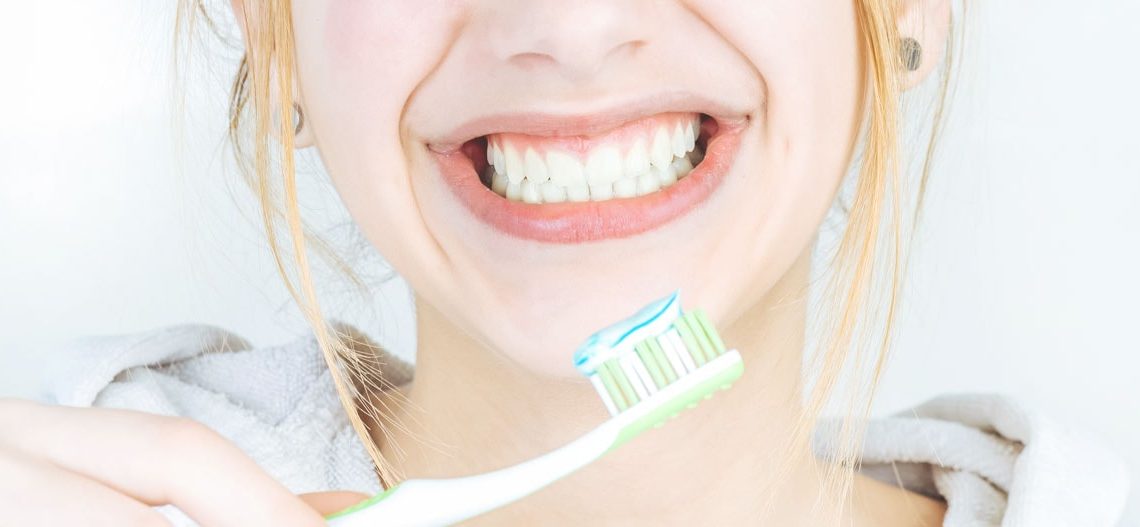Why the first filling matters
The first filling sets the stage for all future dental work and can result in problems later on.
When a child (or anyone for that matter) requires a filling, and it’s their first filling, it is very important to discuss options, including the type of materials to be used and the benefits and risks prior to restoring the cavities with a filling.
What is a dental filling?
A dental filling is a way to restore a tooth damaged by decay back to its normal function and shape. When a dentist gives you a filling, he/she removes the decayed tooth structure, cleans the affected area, and then fills the cavity with a filling material. Materials used for fillings include resin, porcelain, gold, and amalgam (a mixture of mercury, silver, copper, tin and zinc).
Many dentists still prefer mercury fillings because they are easy to place. Besides the obvious problem with mercury exposure, there are many other reasons why we don’t use mercury fillings in my office.
6 Reasons to Avoid Mercury (Amalgam) Fillings
- Mercury fillings are hard and result in tooth fractures – when you chew or grind, fractures and cracks can form in the remaining tooth structure, causing it to eventually break and need a crown.
- Mercury fillings leak – mercury fillings are NOT bonded to the tooth, creating an easy and constant pathway for bacteria to come in and destroy more tooth structure, which often results in root canal issues, or need for crowns.
- Mercury fillings make it difficult to see decay – since mercury fillings are dark, they make it difficult to distinguish decay, especially early on, which means that decay will not be noticed until it’s larger which can result in the need for root canal treatment and/or a crown.
- Mercury fillings require removal of healthy tooth structure – when placing a mercury filling, the cavity requires a certain shape and angle. In order to get that shape and angle, the dentist needs to remove much more healthy tooth structure than needed. This is not required when using resin which only requires the removal of decayed tooth structure.
- Mercury fillings do not require the use of isolation – when placing technique-sensitive materials like resin or porcelain, proper isolation is needed for the bonding process. The use of rubber dam is the most effective way to create that isolation and is required when placing resins in order to provide a sterile environment for the bond to work properly. Mercury fillings do not require this isolation so many dentists prefer this material because they don’t have to use rubber dam which can be difficult to work with at times. The problem is that saliva can get into the freshly cleaned cavity, causing instant leakage and subsequent decay.
- Mercury fillings are the easiest fillings to place – For this reason, many dentists will choose amalgam to be used in children because children can be wiggly and often the dentist has to work fast in order to get the filling done. Being limited for time should not make mercury a material of choice.
Dental filling alternatives to mercury
In addition to the health risks associated with mercury fillings, they sacrifice healthy tooth structure early on. Resin is a great alternative to mercury because it only requires the removal of the decayed tooth, resulting in the preservation of healthy tooth structure.
Mercury fillings are easy to use and easy does not mean good. Talk to your dentist about materials options, especially if this is your or your child’s first cavity, to ensure the most conservative treatment possible resulting in long-term success.
To ask Oakville holistic dentist Dr. Agatha Bis a question about first fillings, filling material, or your specific situation call 905-338-6684 or filling out the form below.

